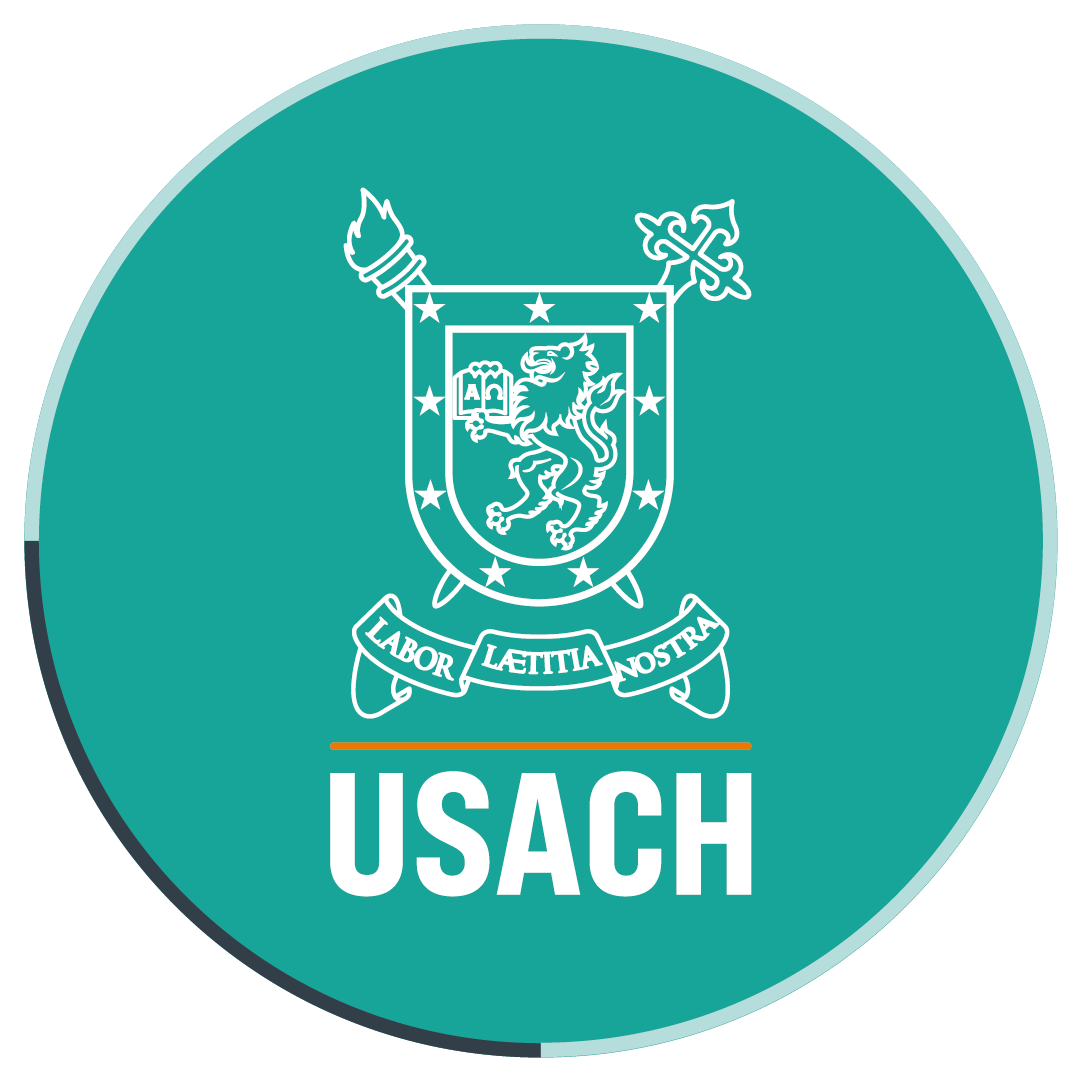Project to delay ripening of export fruit yields optimal results
- The study “Application of nanotechnology to develop a new ethylene adsorber oriented to the production of packaging for climacteric fruits,” successfully concluded. The new mechanism will allow delaying the ripening process of Chilean horticultural products exported to countries in Europe, North America and Asia.
Chile is a leading exporting country of horticultural products. As its most important buyer countries are in Europe, North America and Asia, shipping distances pose a challenge with regard to keeping the quality of these products.
In 2012, in order to contribute with a solution to this problem and because of Universidad de Santiago’s vocation to serve the country, the project “Application of nanotechnology to develop a new ethylene adsorber oriented to the production of packaging for climacteric fruits” was started, with the support of the Fund for the Promotion of Scientific and Technological Development (Fondef, in Spanish).
Dr Francisco Rodríguez, professor at the Department of Food Science and Technology, the Packaging Laboratory (Laben, in Spanish) and at the Center for the Development of Nanoscience and Nanotechnology (Cedenna, in Spanish) of Universidad de Santiago, has led the research team.
Ethylene gas control
After four years, the results confirmed the study’s hypothesis to use a packaging system that includes a mechanism to control ethylene gas and delay the ripening process. Ethylene gas controls plant growth and accelerates the maturation process.
“Our goal was to develop ethylene active films based on modified aluminum silicates and polyethylene in order to produce a material that can be used when shipping these products to distant markets,” the researcher said.
In the study, researchers used climacteric fruits like banana, plum and avocado. They had a positive response to the incorporation of an active plastic material based on zeolite, which structure was modified with some metals. “Modified zeolite showed an ethylene removal capacity five times higher than the capacity of non-modified zeolite,” Dr Rodríguez said.
Project closing seminar
The final results of the project led by Dr Rodríguez were presented at a seminar held in Hotel Plaza San Francisco. Representatives of some of the collaborating entities participated in the activity, like Maderas Bravo, Clariant and San Jorge Packaging
In this regard, Sergio Carrillo, Coordinator of the Department of Technology Management of Universidad de Santiago de Chile, said: “The focus now is on technology transfer, but for a long time, it was on research, and the market was out of the university scope. Fortunately, this has changed lately.”
For his part, Dr Rodríguez mentioned the possibility of continuing with this work so as to see the study results in the market, i.e, the use of the film in fruit exports. Up to now, the system works well, but it requires some adjustments to obtain a better product before going to market.
Translated by Marcela Contreras

